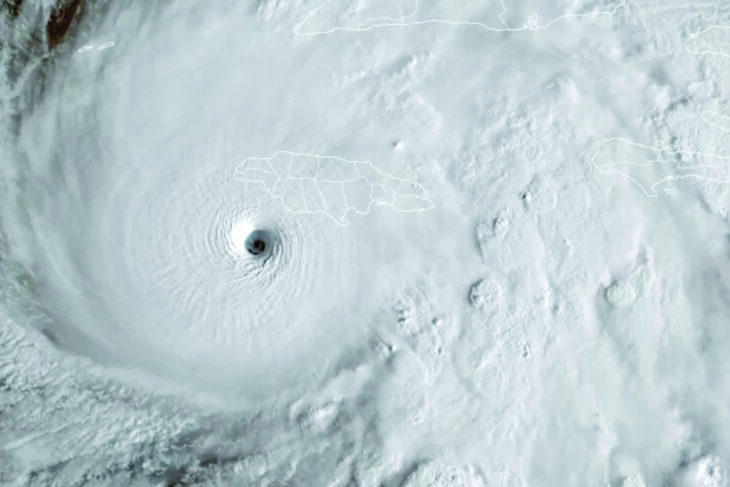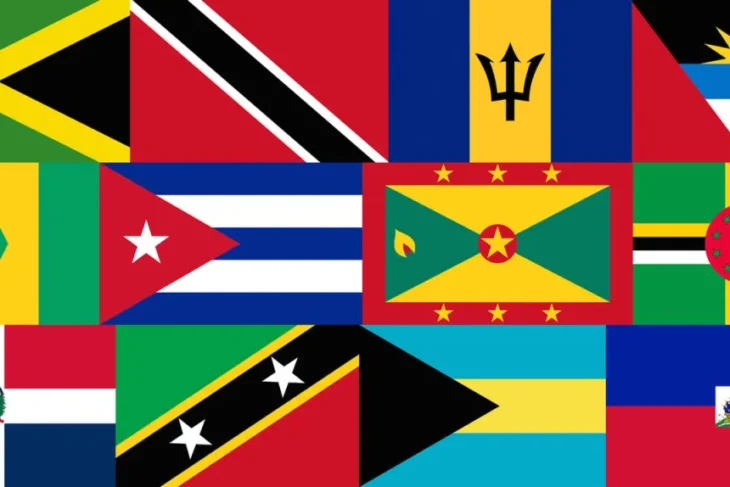
“Low, stable and predictable inflation is to the economy what the baseline is to reggae,” declares the voice over Tarrus Riley’s Gimme Likkle One Drop take-off. “High inflation is a wicked thing. No inflation monster can prosper,” it continues. And for good measure, Denyque adds, “Wi nuh want it (inflation) too low, the economy cyaan grow and wi nuh want it too high for the people a go cry…”
These are both excerpts from the advertising blitz inundating the airwaves over the past few months, courtesy of the Bank of Jamaica (BOJ). Perhaps the BOJ plans, in the next gripping episode, to demystify the message, explain what inflation is, disclose the target and tell us how we can help to slay the monster.
But to whom are these messages really being directed and who is benefiting from them except the media houses and the producers?
Inflation is a general increase in prices and a fall in the purchasing power of a currency over time. In my nodding acquaintance with Economics theory some half a century ago, I learnt that though inflation was basically a destructive phenomenon, a little of it was not only tolerable but desirable. At that time it was felt that a rate of approximately 2% was necessary to spur economic growth. Interestingly, that is still being considered the optimal number among the developed countries today — USA, 2%; Canada and New Zealand, 1-3%; Australia 2-3%; Japan, 2%.
The inflation targeting concept entered the conversation in 1990 when New Zealand introduced it as a monetary policy instrument. According to Wikipedia it is a monetary policy where a central bank follows an explicit target for the inflation rate and announces it to the public. Sarwat Jahan, a senior International Monetary Fund (IMF) economist, writing for the Finance & Development publication explains the process further:
“The central bank forecasts the future path of inflation and compares it with the target inflation rate (the rate the government believes is appropriate for the economy).The difference between the forecast and the target determines how much monetary policy has to be adjusted.”
The inflation targeting tagline entered popular usage in Jamaica in 2017 as Dr. Nigel Clarke, then the newly minted Minister of Finance, sought to deflect attention from the exchange rate fluctuations and focus on inflation control as his major monetary policy instrument. We were urged to pay attention to the inflation rate, not the exchange rate.
The minister accordingly hailed the passage of the BOJ (Amendment) Act of November 2020 as the creation of “the institutional framework for full-fledged inflation targeting… in which the achievement of the inflation target set by the government will unambiguously be the primary objective of the BOJ” (Sunday Gleaner, December 13, 2020). BOJ is now to be seen as an independent institution, he suggests, even though it has no say in determining what the target should be.
The BOJ nevertheless seems happy enough to run full speed ahead with its new mandate. According to its website, it expects to achieve the given target through economic modeling. It explains: “Regular decisions on monetary policy are supported, inter alia, by a reduced form forward-looking open economy model operated by the bank”. The model, “a structural quarterly projection gap model, has a solid theoretical foundation… calibrated to reflect the main stylized facts of Jamaica’s economy. Calibration is expected to further improve going forward as the model is developed/expanded”. What! It seems dem gwine try a ting and see how it works.
The inflation target for Jamaica has been set at 4% to 6% by the Government since September 2017. If the actual rate falls outside of this band the BOJ Governor will be answerable to the Minister of Finance. In terms of inflation, the Jamaican economy has performed creditably over the five years beginning 2015, varying between 2.35% and 4.38% annually. It was already well under control prior to becoming a target. Why then this sudden obsession with inflation targeting? Why is the Government pushing for a 6% inflation rate in an economy where public servants and other workers have to settle for wage increases well below this target?
Any wage settlement below the inflation rate will, of course, in real terms, result in less purchasing power in the hands of workers and a corresponding saving in staff costs for the employer. Is this then a ploy to satisfy some IMF prescription for reducing the burden of the public sector wage bill? How then will the average wage earner participate in the prosperity of the times if he must be forever adjusting to an erosion in the value of his take-home pay?
Inflation control is an unquestionably exceedingly tall order for the BOJ for it has no control over significant contributing factors like adverse weather conditions and international commodity prices. And it has only limited control over interest and exchange rates. Exchange rate stability is a critical factor of the equation and the BOJ continues to demonstrate that it knows this by its regular interventions in the foreign exchange market — five times since the beginning of the year. But this will be ultimately unsustainable unless the government begins to shore up the size of our net international reserves by targeting export trade and import substitution. To say it’s targeting inflation when its eyes are necessarily and firmly fixed on the exchange rate may be theoretically appealing but will get us nowhere.
For the vast majority of Jamaicans though, who have no option but to avoid highly priced goods and services, inflation targeting is already a way of life — no need for any irritating platitudes from the BOJ. You are targeting inflation if you are disregarding brand names and acquiring goods merely for their utility value, if you are targeting the less expensive gas stations for your petrol needs, if you have ceased using the a/c unit because you can no longer afford the associated electricity charges, if you have been getting by with a single patty for lunch instead of the two you were buying before the last price increase.
The BOJ would do well to immediately withdraw its pointless, wasteful media advertising blitz and redirect the funds into a more productive enterprise. There is no shortage of transformational themes from which to choose. In light of our unrelenting murder rate and the virtual collapse of our more positive values and attitudes, it may, for example, want to consider replacing the current ads with a version of Anthony Cruz’s “Mi nuh Waan nuh Gun a Dance”:
“Mi nuh waan nuh man a bring gun come a dance
Cause it jus a mash up wi party
It jus a mash up wi community
So watch yah man
Dirtsman dead off, Bogle dead off,
Panhead dead off, nuff man dead off
Remember Early B and Tenor Saw?
How much more ghetto youths a go dead off?
Weh di man weh sell the nuts, the cane
The man whey sell di corn
Weh di good vibes gone?
Tell the man dem to calm
A man step pon yu shoes, tell him fi gwaan.
By nationally promoting and financially supporting Cruz’s call for repentance, reflection and reconciliation, the BOJ could very well be setting the stage for the redemption of some young, misguided, aspiring gunman. The potential for saving a single life in the process would be a far more responsible way of spending taxpayers’ money.




Thank you for presenting in such a clear manner what I have been grousing about for weeks. What a waste of funds, advertising to consumers who cannot influence the rate one way or the other. Guess this will help to grow the economy.